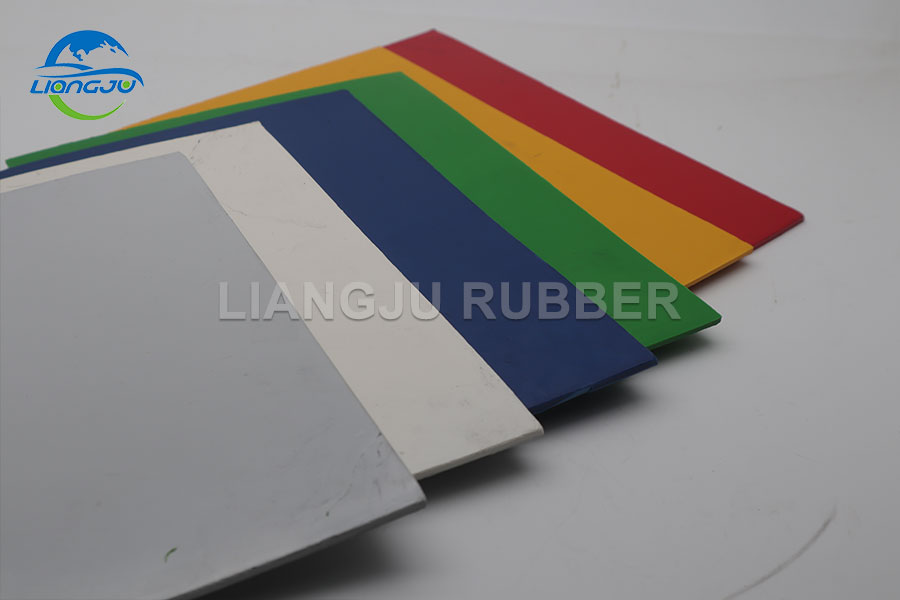Unveiling the Performance of NR Rubber Compound: Abrasion, Tear, and Weathering Resistance Compared to Other Rubber Compounds
2024-02-27
Introduction:
In the realm of rubber materials, Natural Rubber (NR) stands as a cornerstone due to its remarkable properties such as elasticity, resilience, and versatility. However, when it comes to specific performance metrics like resistance to abrasion, tear, and weathering, how does NR rubber compound fare compared to its synthetic counterparts? In this blog, we delve into the performance of NR rubber compound in these crucial aspects and compare it with other rubber compounds.
1. Abrasion Resistance:
Abrasion resistance is a critical property for rubber materials subjected to wear and frictional forces in various applications such as tires, conveyor belts, and seals. NR rubber compound exhibits good abrasion resistance, owing to its inherent resilience and elasticity. The presence of reinforcing fillers like carbon black further enhances its resistance to abrasion by strengthening the rubber matrix and reducing wear rates. However, compared to some synthetic rubber compounds like SBR (Styrene Butadiene Rubber) and NBR (Nitrile Butadiene Rubber), which may contain higher levels of reinforcing fillers or specialized additives, NR rubber may exhibit slightly lower abrasion resistance in certain conditions.
2. Tear Resistance:
Tear resistance is another crucial property, particularly in applications where rubber components are subjected to tearing or cutting forces. NR rubber compound demonstrates excellent tear resistance due to its high elongation at break and ability to withstand deformation without catastrophic failure. The molecular structure of NR, characterized by long polymer chains and intermolecular entanglements, contributes to its superior tear resistance. However, certain synthetic rubber compounds like EPDM (Ethylene Propylene Diene Monomer) and CR (Polychloroprene) may offer comparable or even higher tear resistance, depending on their specific formulations and cross-linking densities.
3. Weathering Resistance:
Weathering resistance refers to a material's ability to withstand degradation caused by exposure to environmental factors such as sunlight (UV radiation), oxygen, ozone, and temperature fluctuations. NR rubber compound exhibits moderate to good weathering resistance, particularly when compounded with UV stabilizers and antioxidants to mitigate degradation. However, compared to some synthetic rubber compounds like EPDM and CR, which inherently possess higher resistance to ozone and weathering due to their chemical structures, NR rubber may require additional protection in outdoor applications to prevent premature aging and degradation.
Conclusion:
In conclusion, NR rubber compound demonstrates commendable performance in terms of resistance to abrasion, tear, and weathering, making it a preferred choice for a wide range of applications across industries. Its inherent elasticity, resilience, and versatility contribute to its effectiveness in demanding environments where mechanical durability is paramount. While NR rubber may exhibit slightly lower abrasion resistance compared to certain synthetic rubber compounds in specific conditions, its overall performance remains highly competitive, especially when considering factors such as cost-effectiveness, processability, and sustainability. Ultimately, the selection of the most suitable rubber compound depends on the specific requirements and operating conditions of each application, with NR rubber often proving to be a reliable and versatile choice.



